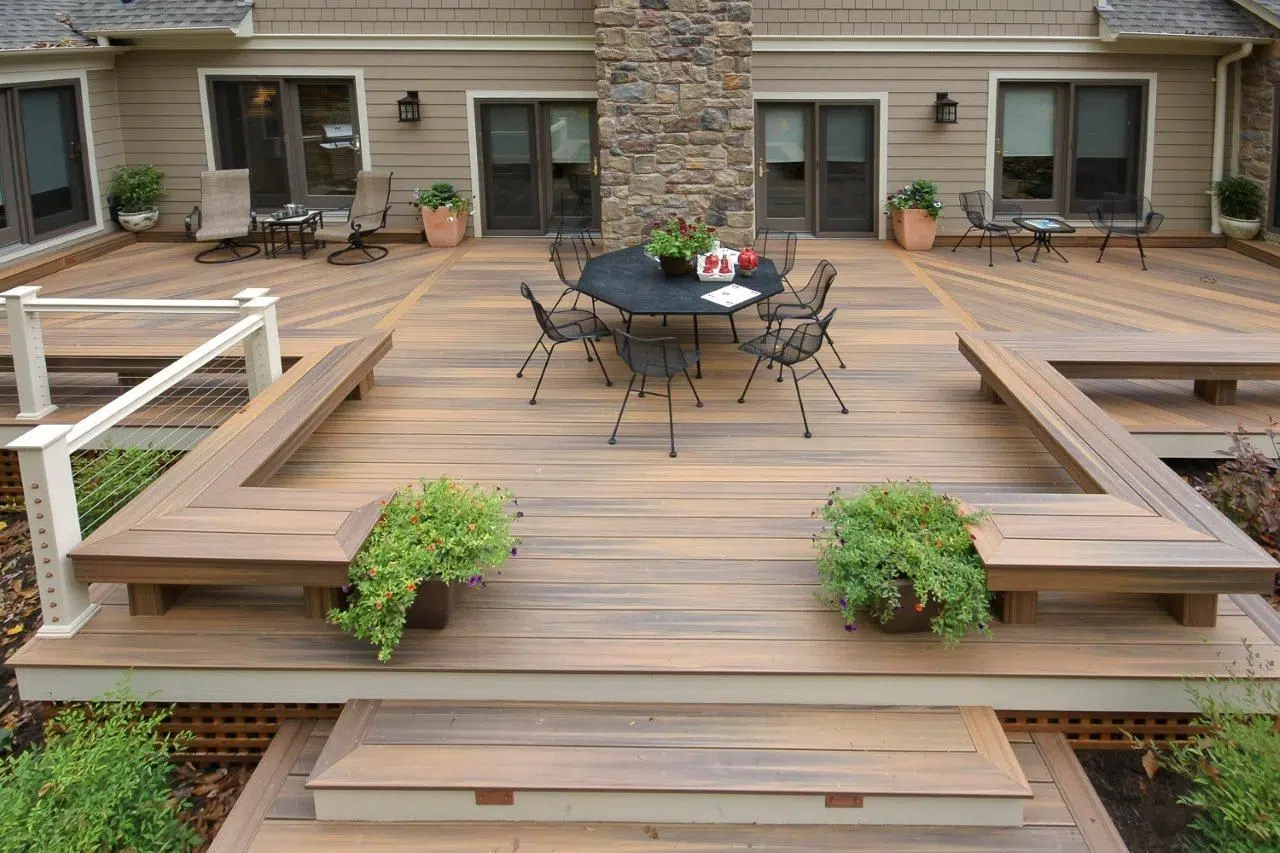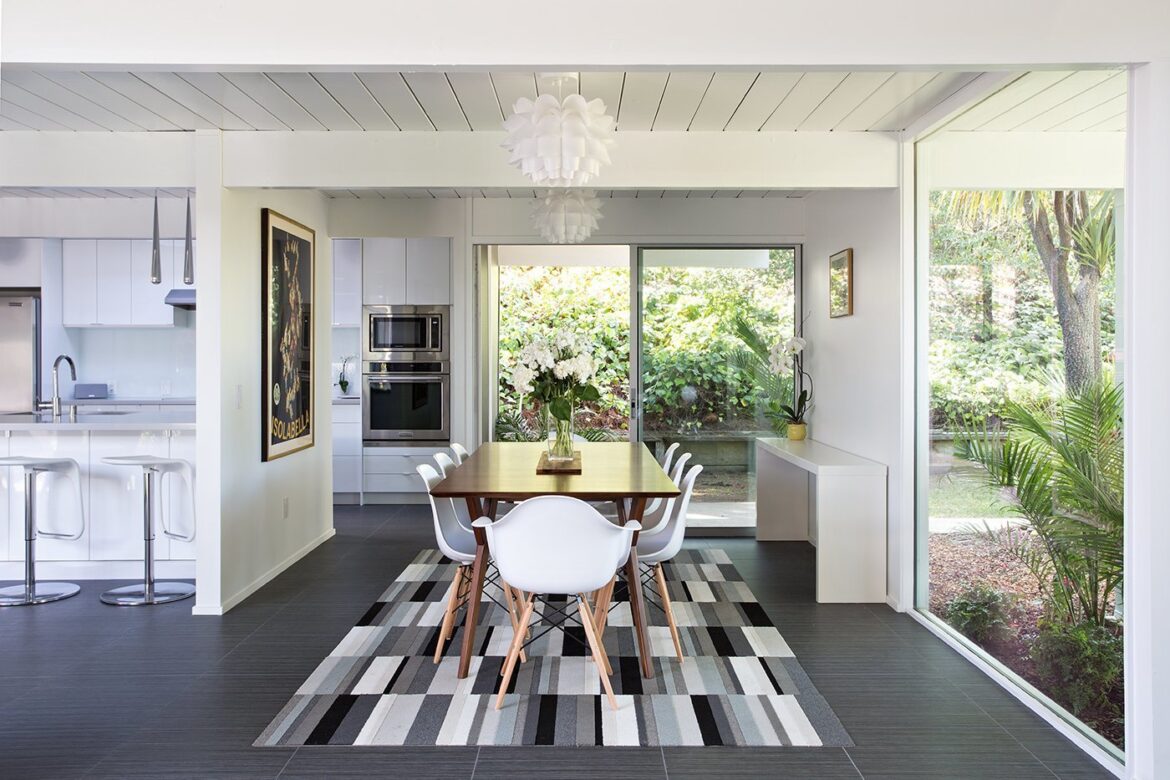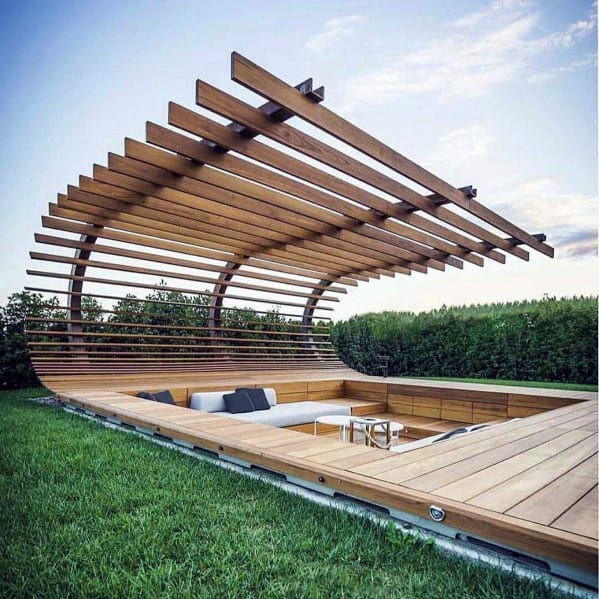
It’s not uncommon to hear myths about outdoor decking materials. You might have heard that composite decking and plastic decking are the same, that some outdoor decking Adelaide materials are maintenance-free, or that composite and plastic provide the same level of water resistance.
But these statements don’t hold true for every type of outdoor decking material. To get the most out of your outdoor space and achieve the look you want for your home, knowing what’s true about each type of material is essential. In this article, we’ll bust these three myths so you can make an informed decision about which option is right for your project.
-
Composite decking and plastic decking are the same
There are two main types of outdoor decking Adelaide materials: composite and plastic. Composite decks are made from different materials, including wood fibres, plastic, and steel. Plastic decks, on the other hand, are constructed primarily out of plastic composite material (PCM).
While both materials look similar at first glance (and can even be cut to the same dimensions), they have some important differences when it comes to durability and maintenance. For example, PCM has been known to chip or crumble over time—a problem that is not often seen with composite decking materials.
-
Some outdoor decking materials are maintenance-free.
Some materials require maintenance, but some require more. The level of maintenance needed depends on the material and its environment. For example, wood decks can be stained or oiled to protect them from moisture and UV damage. On the other hand, composite decking requires no staining or sealing—and in fact it’s better for your home if you don’t apply any finish at all!
However, this does not mean that composite decking is completely maintenance-free. It just means that you will have to take care of your deck differently than you would with a wood one: You should keep your yard free from leaves and pine needles during fall cleaning days to avoid clogging up the drainage holes in your new walkway; never let it get wet when rainwater pools around it; check regularly for cracks or splits along rivets and screws; try not to drag heavy objects across it (such as tricycles).
-
Composite decking and plastic decking provide the same level of water resistance.
Many people believe that plastic decking—which is often marketed as being “water resistant”—is just as durable as composite and wood decks. However, this isn’t the case.
While plastic decking can be water resistant in a lab, it’s not designed for outdoor use, and it can be damaged by water exposure. Composite and wood decks are both designed for outdoor use; they’re made of materials that can withstand moisture without warping or rotting over time.
In addition, composites are typically more waterproof than wood because they’re made from synthetic materials rather than natural ones like cedar or redwood.
-
Get your facts straight to get the deck of your dreams
Composite decking is made from a combination of natural materials (such as wood or recycled plastic) combined with resin and other resins to form a composite material that mimics the appearance of natural wood.
Plastic decking, on the other hand, is manufactured using polypropylene (PP), one of the most common plastics in existence today.
Conclusion
When it comes to outdoor decking Adelaide materials, the more you know, the better equipped you are to choose the right one for you. While some of these myths may have seemed true at first glance, what we hope this article has shown is that there’s more than one way to see things in life and even in decking.









